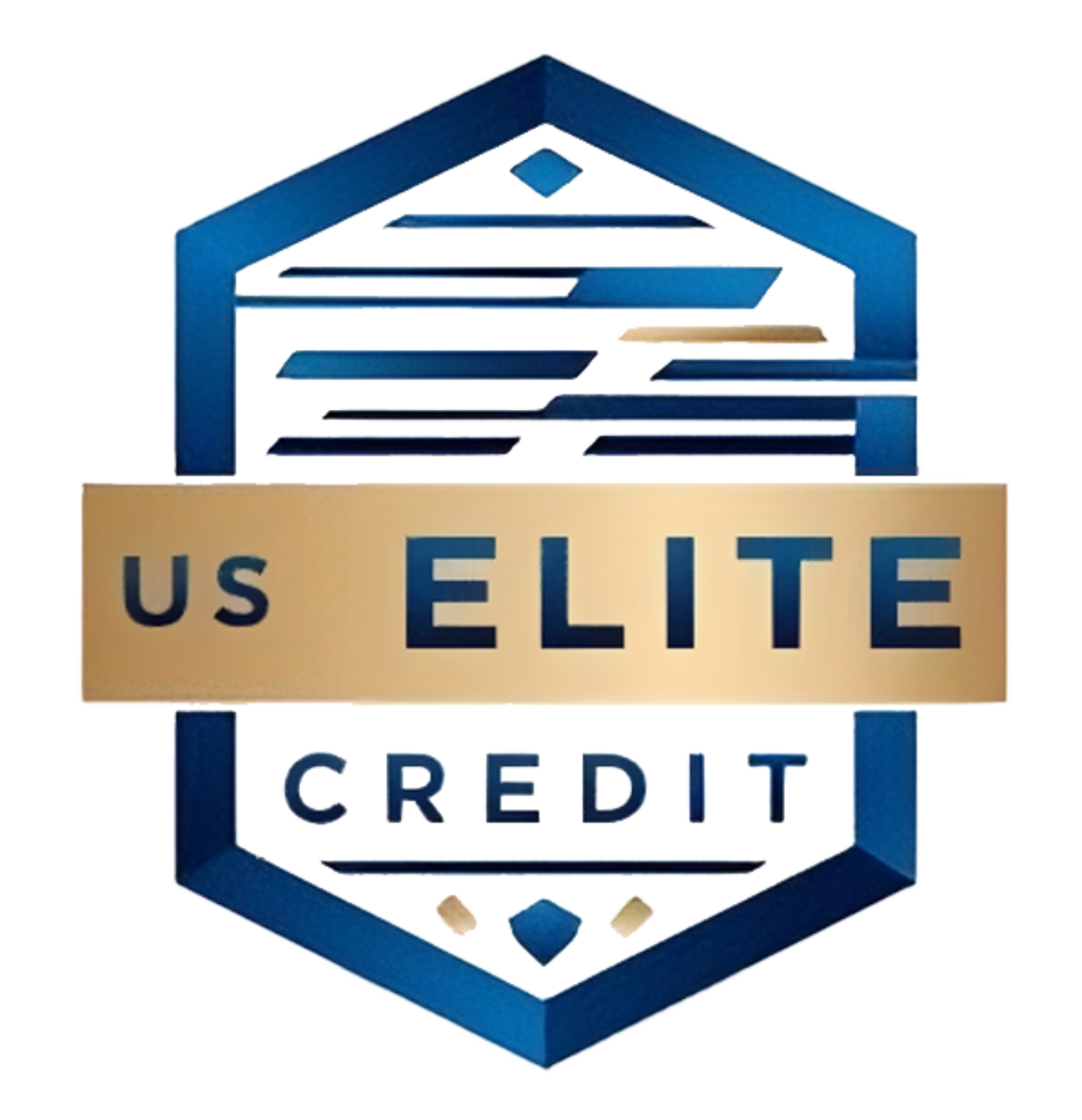With the rise of consumer finance options, understanding point of sale (POS) financing can significantly enhance your shopping experience. This blog post will guide you through the important terms and concepts associated with POS financing, empowering you to make informed decisions. As you explore this topic, you’ll learn how this payment method can benefit you, the various options available, and what to watch for during your transactions. Let’s break down the complexities and equip you with the knowledge needed to navigate this financial landscape confidently.
Understanding Point Of Sale Financing
As you navigate the evolving retail landscape, understanding Point Of Sale (POS) financing becomes vital. This innovative payment option enables consumers to access credit at the moment of purchase, allowing you to make larger transactions without the immediate financial burden. It shifts the traditional buying experience, giving you flexibility through manageable payment plans and often seamless application processes.
Definition and Overview
Before diving deeper, it’s important to define Point Of Sale financing as a form of credit extended by retailers at the checkout, allowing you to split your purchases into installment payments. Typically offered through third-party providers, it simplifies budgeting and enhances your shopping experience by providing immediate access to funds when shopping for both vital and luxury items.
Importance in Retail
Importance of Point Of Sale financing in retail cannot be overstated. By offering flexible payment options, it empowers you, the consumer, to make purchases that might otherwise be out of reach. Retailers can also benefit from increased sales and customer loyalty, as POS financing solutions often encourage you to spend more and complete transactions that may otherwise be abandoned.
Overview of the impact of Point Of Sale financing reveals its ability to transform shopping experiences for both consumers and retailers. For you, the flexible payment plans reduce the immediate financial burden. You can confidently invest in higher-ticket items, knowing that you have the ability to manage payments over time. To retailers, POS financing can lead to higher conversion rates as you are more likely to complete purchases when offered convenient financing options. This synergy builds a win-win relationship, driving growth for retailers while offering value and flexibility for you as a consumer.
Key Terms in Point Of Sale Financing
Now that you are familiar with point of sale financing, it’s necessary to understand the key terms that define this financial option. These terms will empower you to make informed decisions when it comes to financing your purchases. Let’s explore the primary concepts that will enhance your comprehension of how point of sale financing operates.
APR (Annual Percentage Rate)
An APR, or Annual Percentage Rate, represents the total annual cost of borrowing expressed as a percentage. It includes both the interest rate and any associated fees, giving you a clear picture of what you’re paying over the loan’s term. Understanding the APR will help you compare different financing options effectively.
Loan Terms and Conditions
Point of sale financing often comes with specific loan terms and conditions that you must consider. These may include the length of the repayment period, the payment schedule, and any fees that may apply. Understanding these details is vital for managing your financial responsibilities and ensuring the financing fits your budget.
Conditions around loan terms can vary significantly between lenders and financing options. They often dictate the length of time you’ll have to pay back the loan, which might range from a few months to several years. Additionally, they can include specifics on repayment frequency, such as weekly or monthly payments. Familiarizing yourself with these conditions is necessary, as they impact your financial planning and overall borrowing experience.
The Application Process
It is important to understand the application process for point of sale financing, as this will help you navigate your options smoothly. Generally, the application is straightforward and can often be completed in-store or online, allowing you to secure funds quickly for your purchase. Being aware of the specifics can significantly enhance your financing experience.
Qualifications for Financing
Between different financing options, there are standard qualifications you must meet. Lenders typically assess your credit score, income, and existing debts to determine your eligibility. Having a good credit score and a steady income can increase your chances of approval, making it easier for you to access funds.
Steps to Apply
Apply for point of sale financing involves a few simple steps that can facilitate the process. You start by selecting your desired product or service, after which you will fill out an application form with your personal information. Ensure that you accurately provide financial details, as they will be crucial in determining your eligibility.
Another important step in the application process is reviewing the terms and conditions of the financing offer before you sign anything. This will help you understand the interest rates, repayment schedule, and any associated fees. Make sure you feel comfortable with the terms to avoid any surprises later. Once you’re ready and everything looks good, finalize your application to proceed with your purchase. With the right preparation, you can secure the financing needed to fulfill your purchase goals seamlessly.
Types of Point Of Sale Financing
Keep in mind that understanding the various types of point of sale financing can help you make informed decisions when making purchases. Here’s a breakdown of the main options:
| Option | Description |
| Buy Now, Pay Later (BNPL) | Short-term loan, pay in installments. |
| Installment Loans | Fixed payment schedule over time. |
| Credit Cards | Revolving credit, flexible payments. |
| Lease-to-Own | Rent with the option to buy. |
| Personal Loans | Unsecured loans for any purpose. |
Knowing the options will empower you to choose the best financing solution for your needs.
Buy Now, Pay Later (BNPL)
Before opting for Buy Now, Pay Later (BNPL), it’s crucial to understand how this financing works. BNPL allows you to purchase a product immediately, while spreading the payment over a set period. This repayment is typically divided into manageable installments without interest, provided you pay on time. It’s a popular choice for consumers who want flexibility in their payments.
Installment Loans
Later, you may consider installment loans, which serve as a straightforward financing option. With installment loans, you borrow a specific amount and repay it in equal installments over an agreed timeline. This option is ideal if you prefer predictable monthly payments, giving you better control over your budget.
Due to the fixed nature of payments, installment loans can simplify planning your finances. This consistency helps you avoid surprises, allowing you to allocate funds effectively each month. Just remember to factor in any potential interest, as it can affect the total cost of your purchase over time.
Benefits of Point Of Sale Financing
To fully understand the advantages of point of sale financing, you should recognize how it streamlines the buying process for both consumers and retailers. This financing option creates an effective bridge between immediate need and financial flexibility, allowing customers to make purchases they might otherwise defer. Ultimately, this leads to enhanced shopping experiences and improved sales outcomes.
Convenience for Consumers
Financing at the point of sale allows you to seamlessly fund your purchases with minimal hassle. Rather than dealing with lengthy applications or tedious paperwork, you can complete your transaction quickly while enjoying the flexibility of manageable payments. This convenience saves you time and makes higher-priced items more accessible without compromising your budget.
Increased Sales for Retailers
Any retailer can benefit from point of sale financing as it encourages consumers to complete their purchases right then and there. It ultimately enables customers to buy more, as you can take advantage of financing options to invest in larger items rather than holding back due to budget concerns. Retailers who offer these options often notice a boost in average transaction values and customer satisfaction.
The integration of point of sale financing not only enhances the purchasing power of consumers but also drives higher sales volume for retailers. By offering flexible payment plans at checkout, you can tap into a wider audience, including those who may not have the funds readily available. This increased access can foster greater customer loyalty and repeat business, as you will feel empowered to take advantage of attractive offers without financial strain.
Risks and Considerations
All financing options come with inherent risks that you must understand before proceeding. When considering Point of Sale financing, it’s necessary to be aware of factors that could impact both your financial health and the overall effectiveness of such financing solutions. From managing your repayment obligations to understanding the terms of the agreements, being informed will empower you to make better decisions.
Consumer Debt and Defaults
With Point of Sale financing, there’s a potential risk of accumulating consumer debt. If you do not manage your payments effectively, you could face financial strain from high-interest rates or hidden fees. It’s vital to evaluate your budget and ensure that your purchases fit within your means to avoid defaulting on your loans.
Regulatory Compliance
Above all, regulatory compliance plays a significant role in the functioning of Point of Sale financing. Financial institutions and lenders must adhere to specific regulations that govern consumer lending practices, including transparency in terms and conditions. This ensures that you receive appropriate disclosures regarding fees, interest rates, and payment terms, paving the way for informed financial decisions.
The regulatory landscape surrounding Point of Sale financing is designed to protect you from predatory lending practices and ensure fair treatment. Understanding these regulations allows you to have confidence in the terms of your financing agreement. The Knowledge of your rights as a consumer, combined with industry standards, ultimately helps safeguard your financial interests while enabling you to make informed decisions about your purchases. Familiarize yourself with these regulations to ensure you are fully aware of your entitlements and responsibilities when engaging in Point of Sale financing.
To wrap up
The insights you’ve gained from this guide on point-of-sale financing equip you with a clearer understanding of key terms and concepts in the industry. By familiarizing yourself with these elements, you can make more informed decisions when considering financing options for your purchases. Whether you’re a consumer or a business owner, this knowledge empowers you to navigate your financial choices with confidence and clarity in today’s marketplace.

